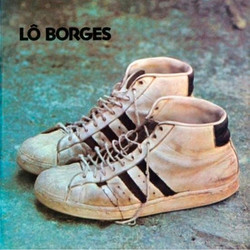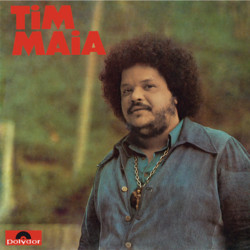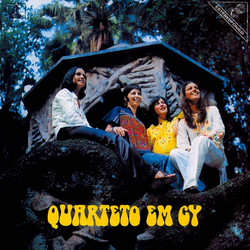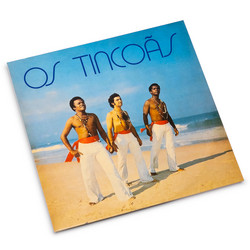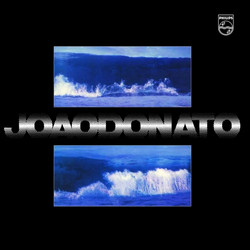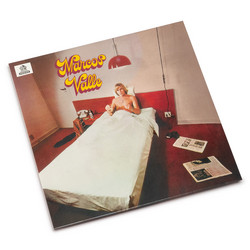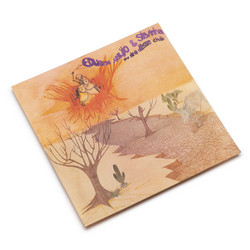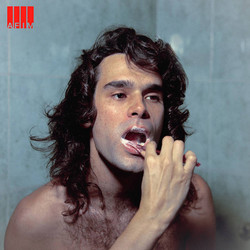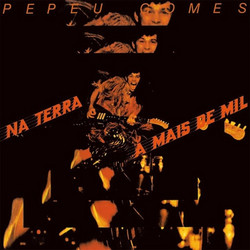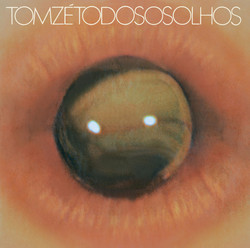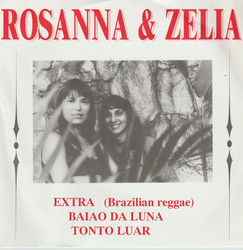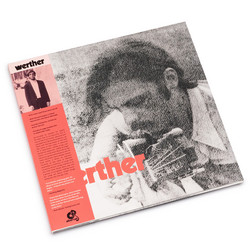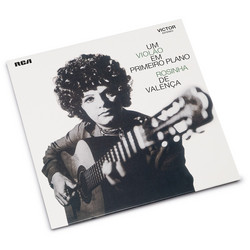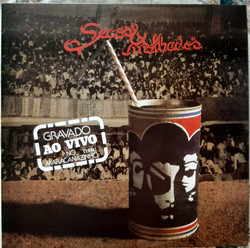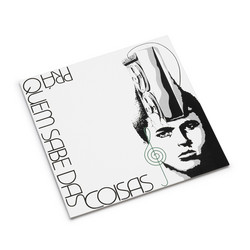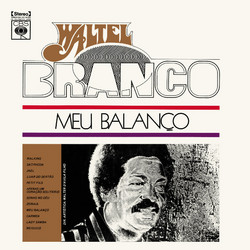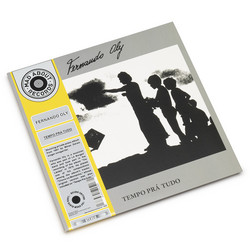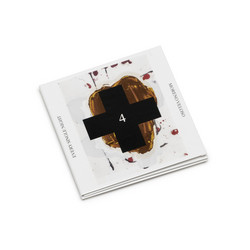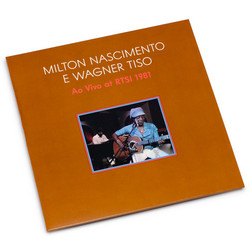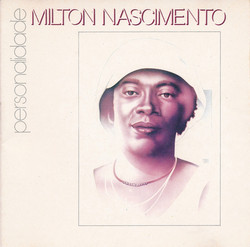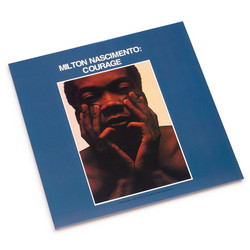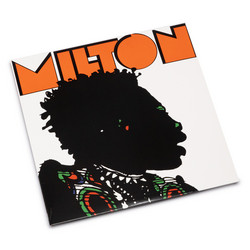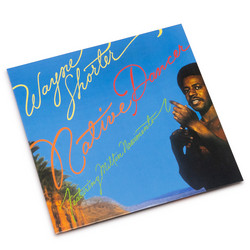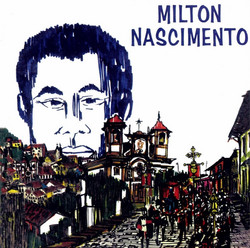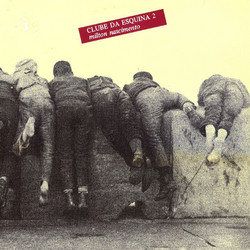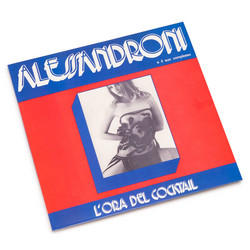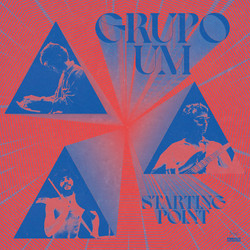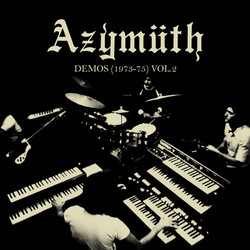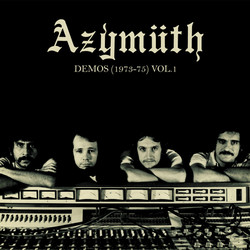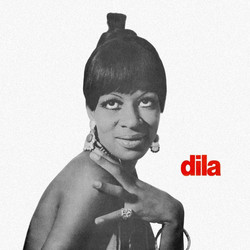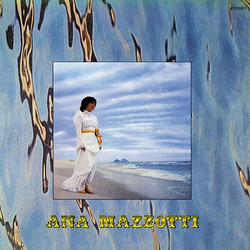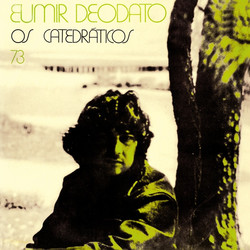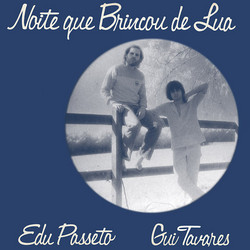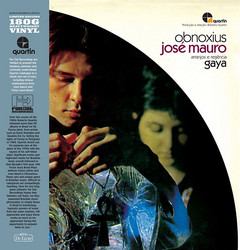Milton Nascimento
Maria Maria (2LP)
Far Out Recordings presents the first ever vinyl release of Milton Nascimento's Maria Maria, originally released in 2003 as a double-CD package. Recorded in 1974 and unreleased until almost thirty years later, the album was written as the soundtrack to a ballet which dealt with the legacy of slavery in Brazil. Milton Nascimento possesses one of the most immediately recognizable voices in Brazilian music: high and sweet and as breathtakingly sublime as that of any soul singer. Along with journalist and song writer Fernando Brant, lyricist Marcio Borges, and his younger brother Lo Borges, Nascimento wrote and produced what would become Milton's milestone album, Clube da Esquina (1972) which shaped the local scene and reflects the essence of "the Nascimento Sound". Milton's religious upbringing as an Afro-Brazilian Catholic saw him exposed to church choral music from an early age. This collection also displays his early fascination with evocative, non-verbal, scat-style singing, spare, harmonic guitar work and local folk music, jazz, and rock. In 1976, Milton and Fernando Brant teamed up with a new contemporary dance company called Grupo Corpo, whose Argentinian choreographer Oscar Araiz, would become a collaborator with the two musicians. Together, they conceived a show based on the composite life story of the daughter of a black slave called Maria. Nascimento wrote music to Brant's lyrics and Maria Maria was premiered in the main theatre of the Belo Horizonte Palacio das Artes that year. The music on Maria Maria was performed by an impressive group of young Brazilian musicians, including Naná Vasconcelos (percussion and effects), Toninho Horta (guitars), and Paulo Moura (sax). Several vocalists, including Naná Caymmi, Fafá de Belém, Beto Guedes, and Milton himself, had hits in years to come with reworkings of these songs. On the title track, Maria's story is narrated and translated to music through the use of African Percussion, drums, and metal signifying the field slave tools of the day. "Trabalhos (Works)" runs to work rhythms and whip cracks. "Lília" documents the beating of the slave woman. After "A Chamada" and the triumphant "Era Rei e Sou Escravo", things begin to turn and Milton employs tropical jungle cries to symbolize freedom. "Santos Catholicos x Candomble" represents the battle between African and European religions through the music of both sides. Milton's heavenly falsetto pours into "Francisco" and "Pai Grande" and the outstanding "Eu Sou Uma Preta Velha Aqui Sentada no Sol" conjures images of an old woman sitting deep in the forest, her memories painted in drums, piano, and voices. 180 gram vinyl.

